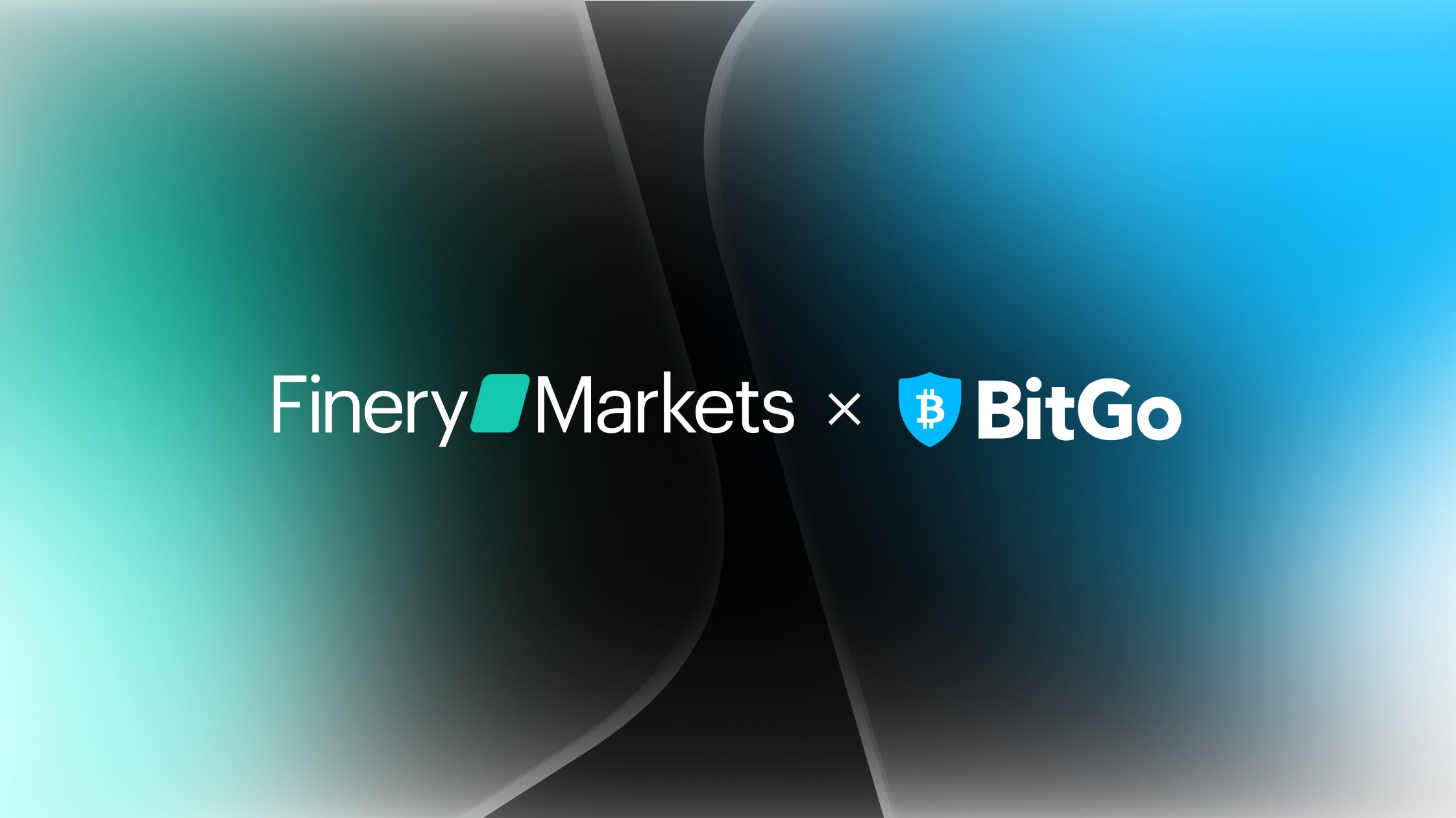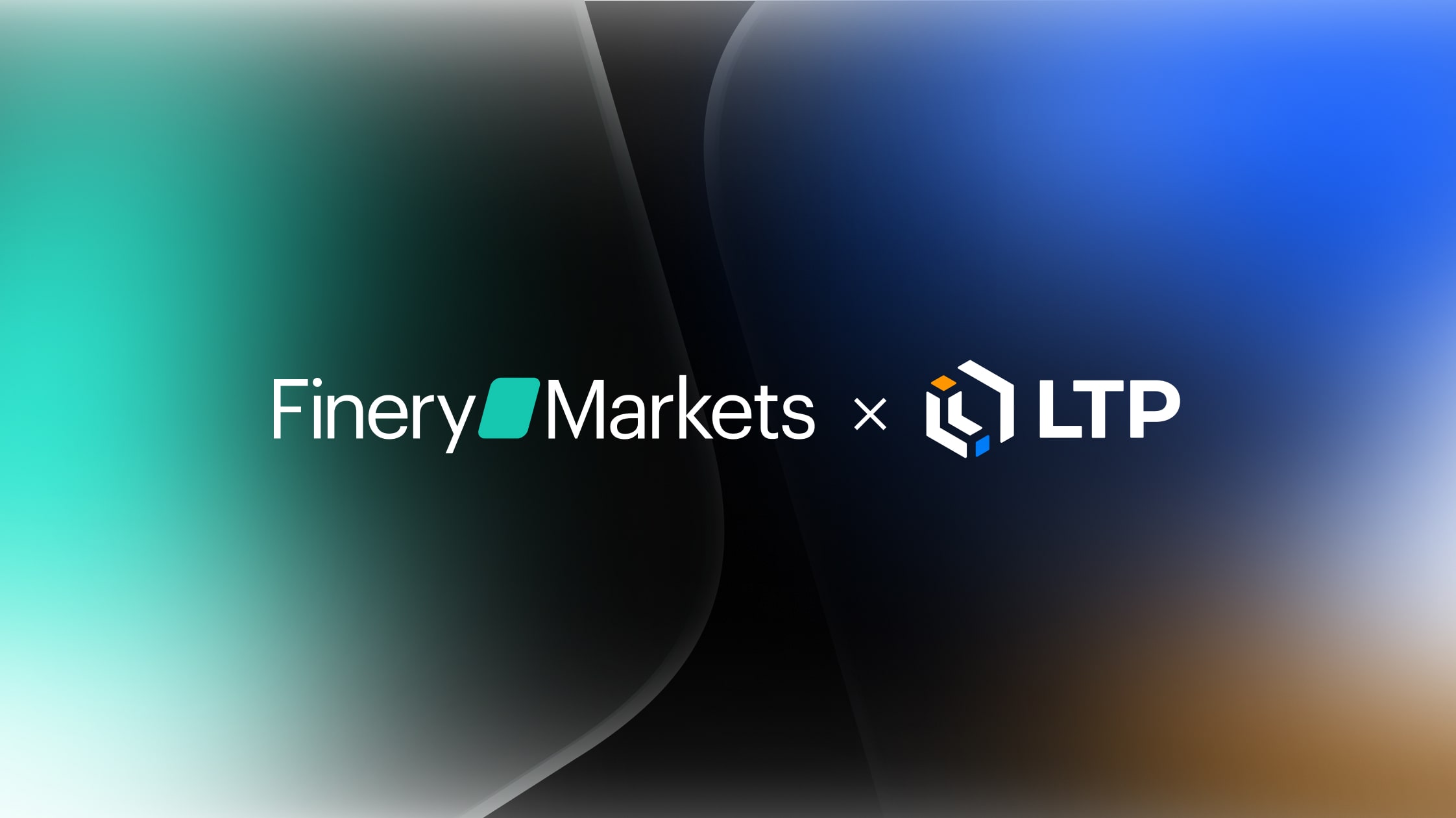In the intricate web of modern financial markets, efficient resource allocation and risk-sharing are facilitated through interconnected market participants who take calculated risks in search of rewards. Traditional capital markets provide an important channel of financing for the real economy. They help allocate risk and support economic growth and financial stability, boosting liquidity by making trading safer and cheaper.
The capital market structure, including robust and efficient market infrastructures with fair and open access has evolved, still varying significantly from country to country across asset classes.
A new form of asset class has emerged called digital assets, which has also sparked the need for a robust market infrastructure in the fintech industry, built on blockchain technology. The convergence of digital and fiat currency trading structures is seen as inevitable and even desirable, presenting an opportunity for the crypto industry to coexist with existing market structures and bridge the gap between different asset classes. This means the crypto market structure must evolve to uphold market integrity and protect investor rights, at least mirroring the standards set in traditional financial markets.
The crypto market structure emerged in a distinct manner compared to traditional asset classes typically found in capital markets. It was fueled by a fervent demand from retail participants, particularly youthful traders and tech-savvy individuals.
Undoubtedly, a significant portion of the younger generation is enticed by blockchain products, enticed by the promise of quick riches and a deep-seated distrust in the conventional banking system. However, akin to the transformative shift to electronic trading that reshaped the financial landscape three and a half decades ago, the digital asset industry is poised to revolutionize it once again.
While the FTX debacle tarnished the reputation of the crypto space, institutional investors have remained interested in the industry, indicating a belief in the underlying technology despite the negative effects caused by fraud-driven failures.
As institutional adoption of cryptocurrencies grows it becomes crucial for market players and service providers to differentiate their offerings. This includes separating services such as order matching, liquidity provisioning, prime brokerage, lending-borrowing, clearing and custody.
Additionally, adherence to best practices established in traditional capital markets is essential. These practices have been refined over decades and provide a solid foundation for the evolving crypto market structure.
Primary digital asset markets: Token listing
During the ICO boom, investors were often left stranded, navigating through a treacherous landscape without a reliable compass. The lack of essential information and consistent updates from crypto-asset issuers created an unsettling fog of uncertainty. This, in turn, made it incredibly challenging for investors to make well-informed decisions.
In stark contrast, the traditional IPO process in the equities market operates with a high level of transparency and thorough disclosure. This serves as a shining example for the crypto markets. By establishing a robust framework for listing standards that ensures the disclosure of vital information and ongoing updates, not only will investors be protected, but the entire crypto market can flourish. These measures are essential for building a dependable and trustworthy ecosystem.
Secondary digital asset markets: Trading
The downfall of FTX served as a jolting wake-up call, highlighting the alarming lack of knowledge among crypto customers regarding the inner workings and various functions within vertically integrated organizations providing crypto services.
Customers must understand whether their chosen service provider, offering exchange services, is simply operating as a trading venue or de-facto functioning as a trading intermediary acting as a broker or a dealer. Just like in the traditional capital markets, customers shall be aware if their counterparty acts on a principal or agency basis. Crypto trading venues shall establish robust systems, policies and procedures to ensure fair, orderly and timely execution. This includes requirements with respect to the precedence of client orders and the prohibition of front-running.
These systems and policies shall also create mechanisms to thwart deceitful market practices (such as ‘pump and dump’ schemes, wash trading, and front-running) and address the issue of insider trading.
As the market matures, the potential for conflicts of interest arising from offering both order-matching services and market-making or providing preferential margin trading terms to affiliated individuals should diminish.
In a highly fragmented market, there exists ample opportunity for the implementation of the best execution principle. This principle mandates that market intermediaries must make reasonable efforts to ensure the optimal execution of clients’ trades. This entails executing trades in accordance with the specified order conditions and securing the most favorable terms possible, such as obtaining the best available price under the prevailing circumstances.
Post-trade infrastructure: Custody
Custody, the dull world of meticulous record-keeping and accounting, has long been regarded as the most unremarkable corner of the financial services industry. Yet, its significance in delivering unwavering service and trust for digital assets is just as crucial as it is for conventional markets.
In the realm of institutional-grade crypto custody services, the providers are obligated to uphold a stringent level of security, while maintaining precise and current records of ownership. To steer clear of any potential conflicts of interest, the execution of orders must be separated from the custody itself. Additionally, custodians should establish frameworks to keep clients’ assets separate from their own, mirroring the practices observed in traditional capital markets.
Evidently, custody services should provide customers with sufficient, reliable, and clear information regarding their assets. Just as in the age-old traditions of capital market practices, the lending, reusing, or re-hypothecating of crypto-assets shall be allowed only upon the explicit prior consent of the client.
In sum, the convergence of digital assets and traditional capital markets offers a distinctive opening for the crypto industry to progress and bridge the divide between various asset classes.
To unleash the potential synergies and ensure mutual advancement, the crypto market structure must adhere strictly to the standards established in traditional financial markets, upholding market integrity and safeguarding investor rights. This entails establishing robust frameworks for token listing, trading, and custody, with an unwavering commitment to transparency, disclosure, and equitable practices.
As institutional adoption of cryptocurrencies continues to gain traction, it becomes imperative for market participants and service providers to distinguish their offerings and adhere unwaveringly to best practices. By doing so, the crypto industry can construct a reliable and trustworthy ecosystem that fosters growth, innovation, and stability.
Continue reading on Global Fintech Series
























